Kiwi Ears Altruva – Big Sound, Small Price
* Open, airy sound with wide soundstage
* Surprisingly full bass for an open-back
* Clean, engaging mids with good vocal presence
* Sparkly, detailed treble without harshness
* Super comfortable elastic suspension headband
* Lightweight, easy to wear for long sessions
* Insane value at just $70
Cons:
* Cable is long and basic—might be too much for desktop use
* Slight color in the mids, not the most accurate if you're after reference tuning
* Soundstage is wide but not very deep or tall
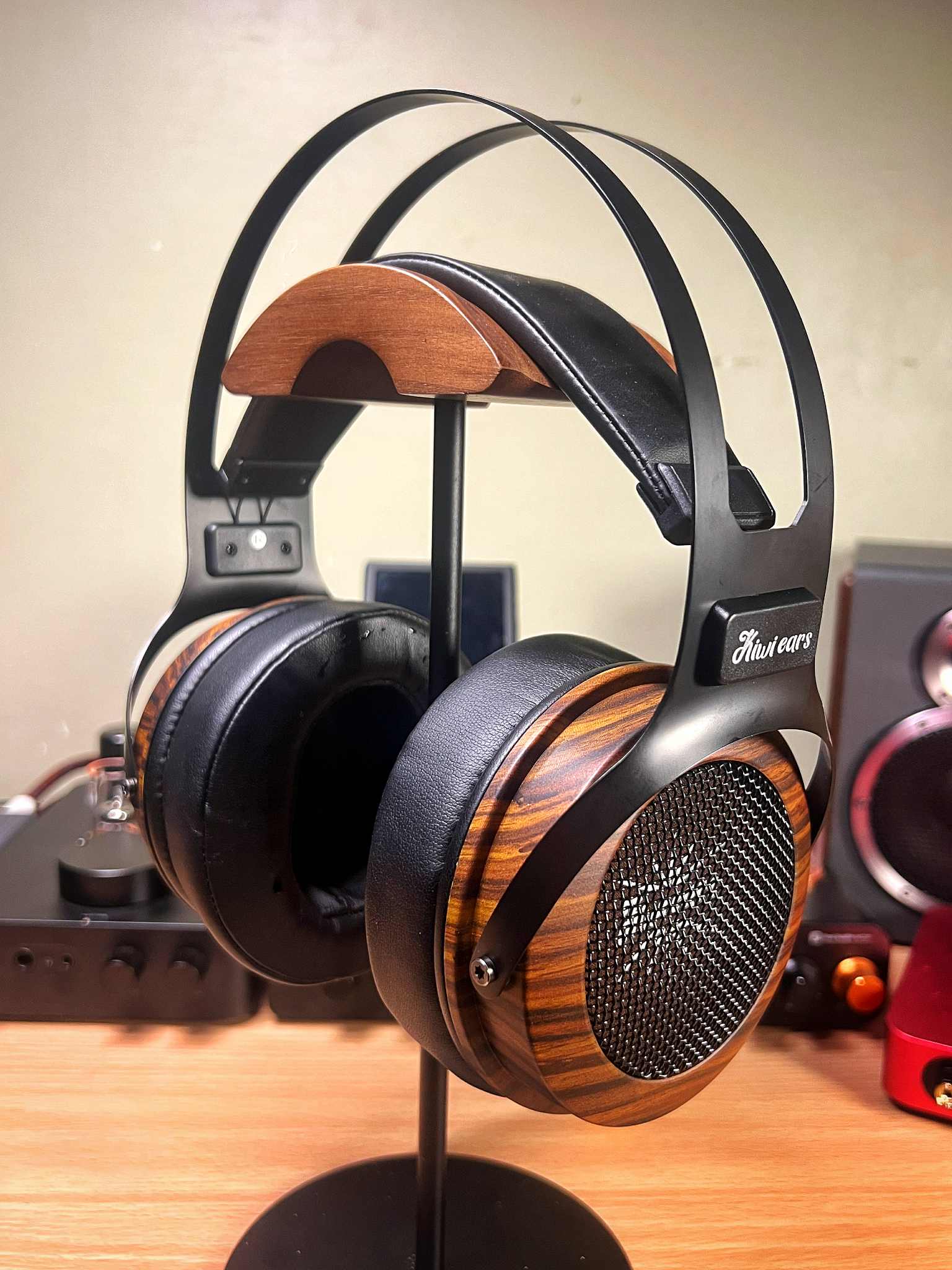
I’m honestly not surprised anymore Kiwi Ears has been on a roll lately. Just look at their lineup: Airoso, Aether, Etude, Astral, Septet… They've been experimenting with hybrid-quadbrid driver configurations, creative tuning, and dropping some seriously compelling gear at price points that make you double-check if it’s a typo. But what really sets them apart is that they don’t stick to a rigid house sound. Each release feels like a new direction, which is refreshing. You don’t always know what you’re getting—but it’s almost always interesting.
And now they’ve gone and released a $70 open-back headphone. Yup, a proper open-back. For seventy bucks.
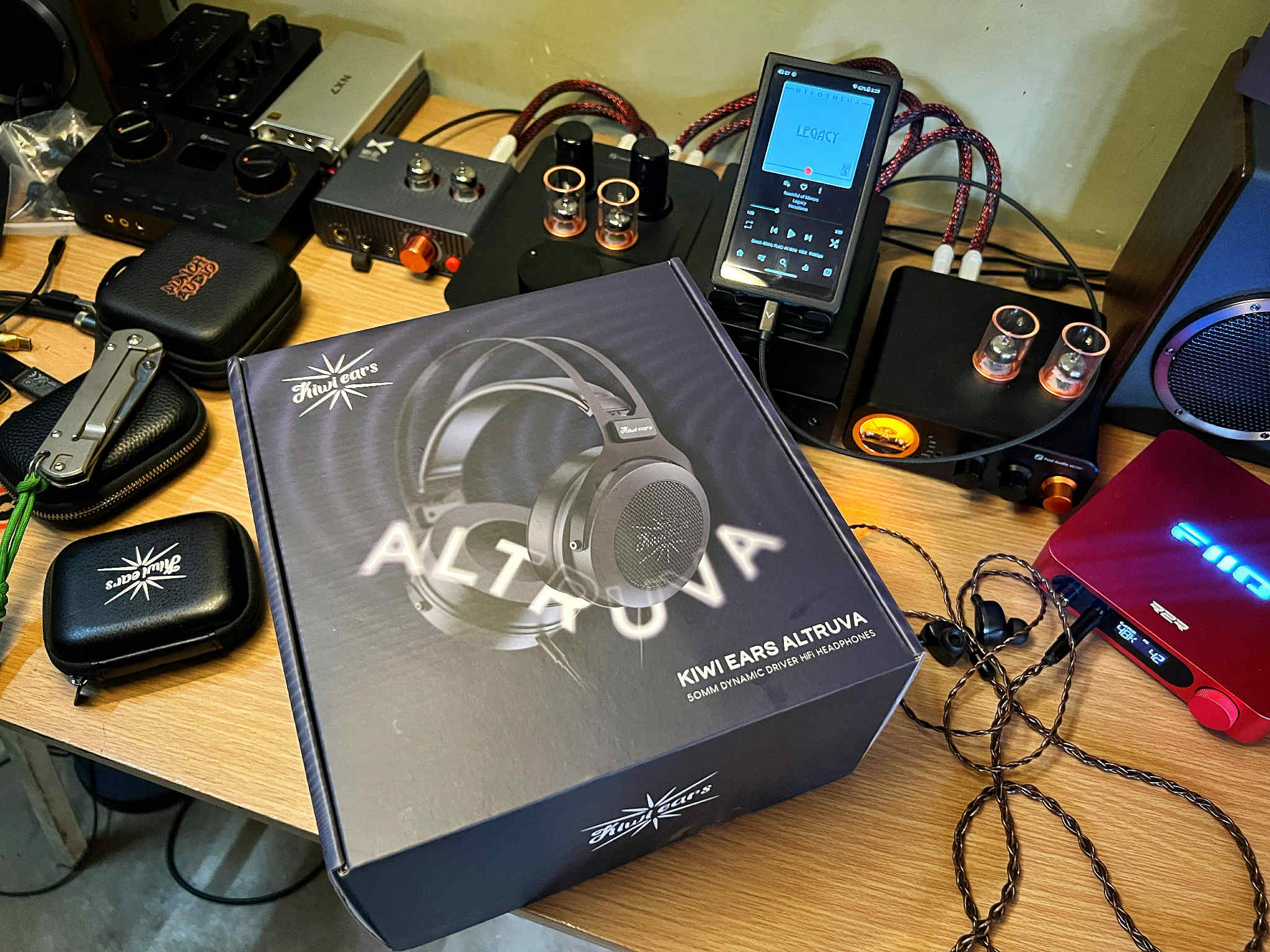
Whats in the box? check out my quick unboxing video of the Altruva.
Build & Design
Let’s start with the build. The Altruva looks clean and modern, with a design that wouldn’t look out of place on a $200 pair. No flashy chrome or gimmicks here just a tasteful matte finish, an open-back grill with the Kiwi Ears logo subtly placed behind the mesh, and a practical lightweight frame.
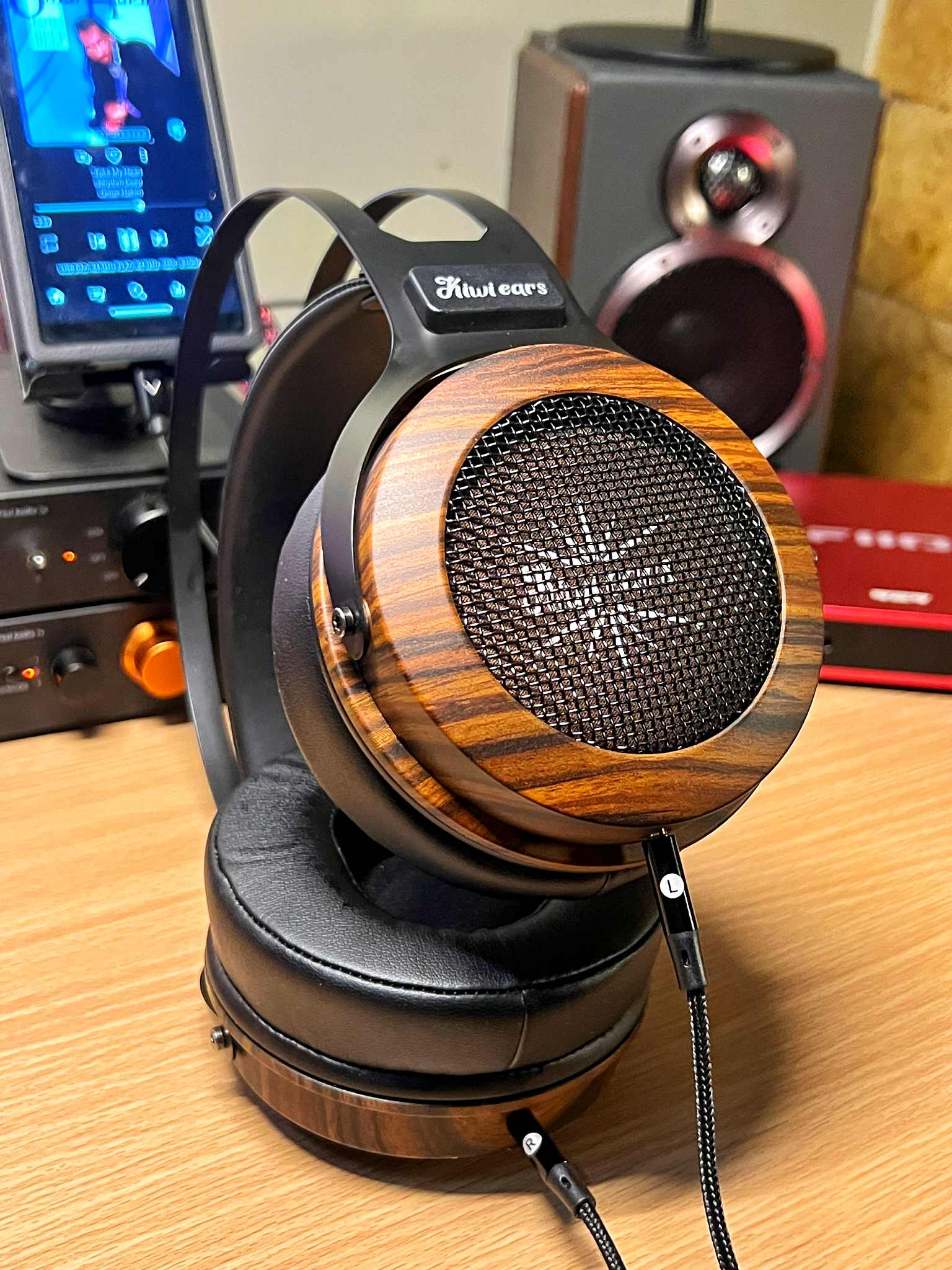
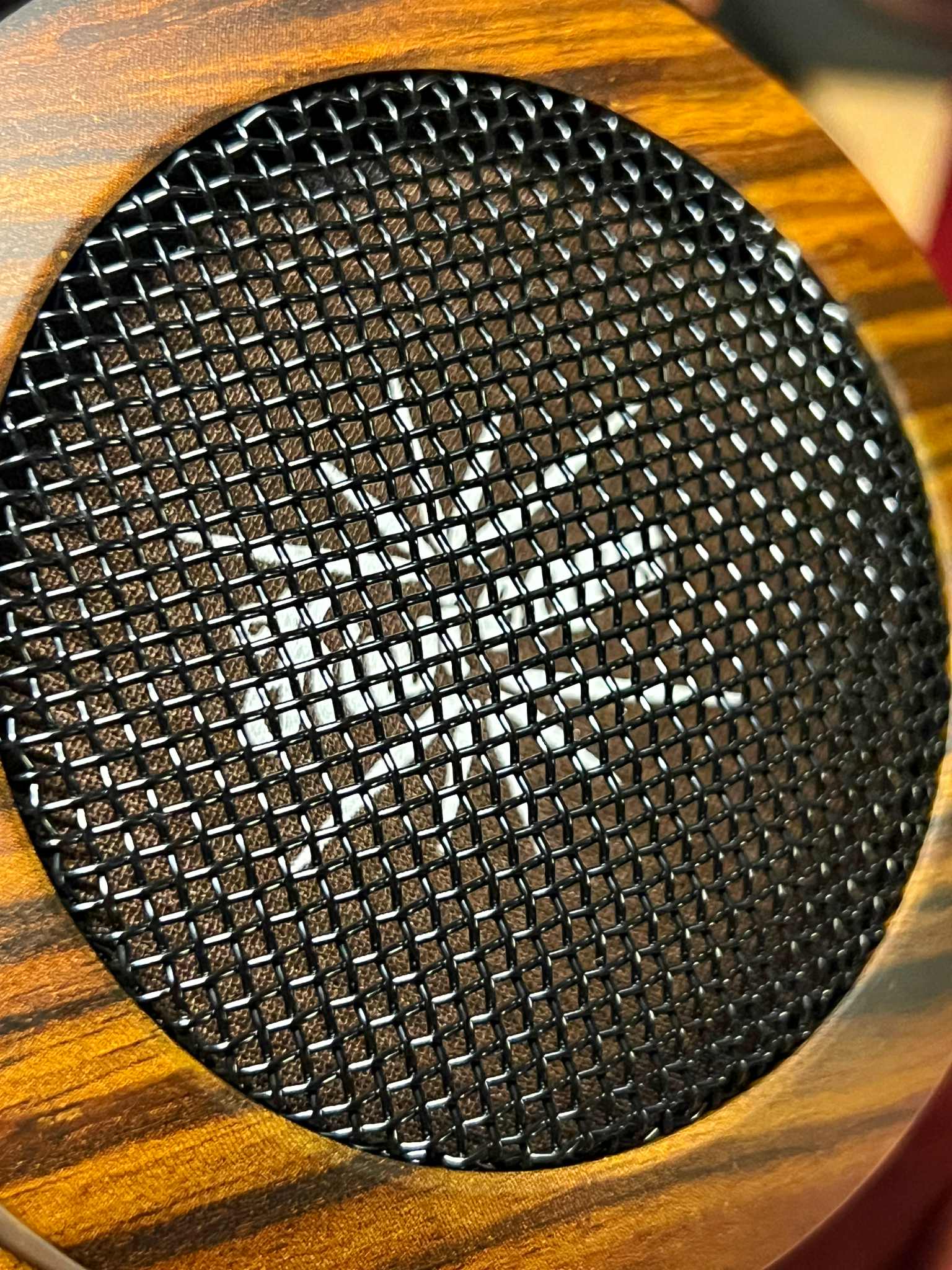
The headband uses an elastic suspension strap, which I really appreciate. This is one of those things that you only start loving after wearing headphones for a few hours. The Altruva disappears on your head not literally
 but it’s that comfortable. No annoying pressure points, no neck strain, just all-day wearability.
but it’s that comfortable. No annoying pressure points, no neck strain, just all-day wearability.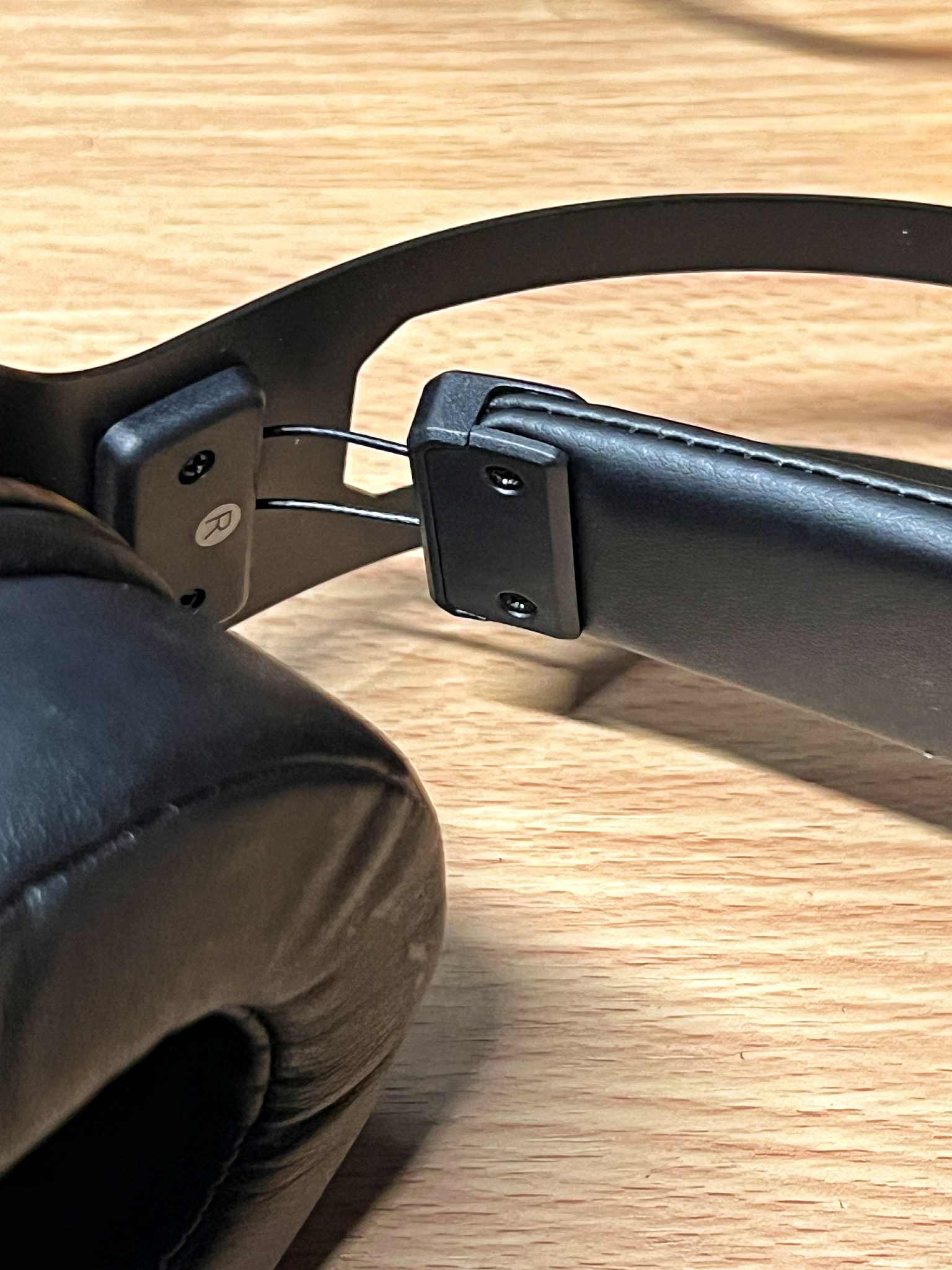
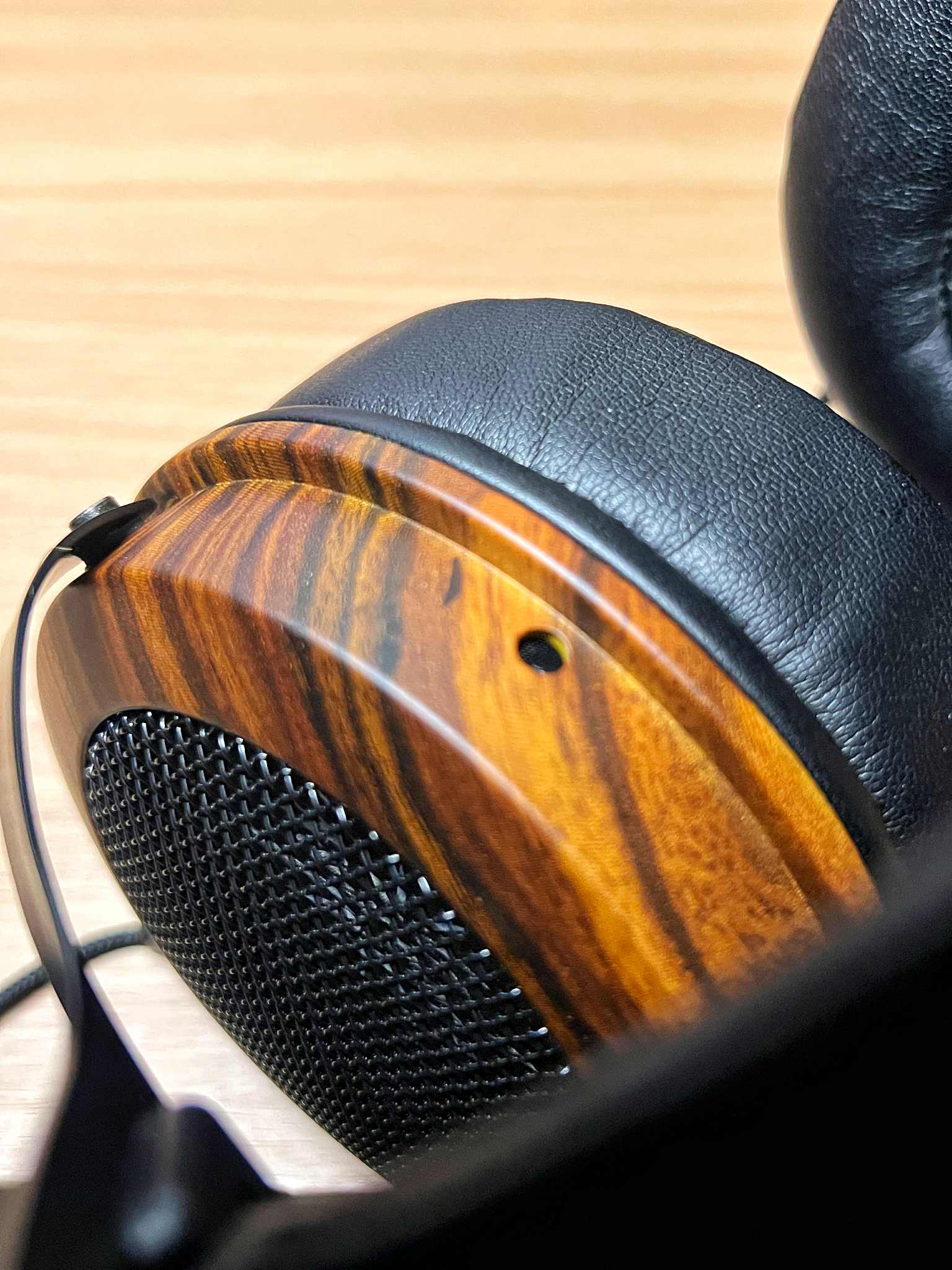
Is it built like a tank? No, but it doesn’t need to be. It feels solid enough for regular use and portable enough to toss in a bag. For $70, the build hits that sweet spot: functional, light, and comfy.
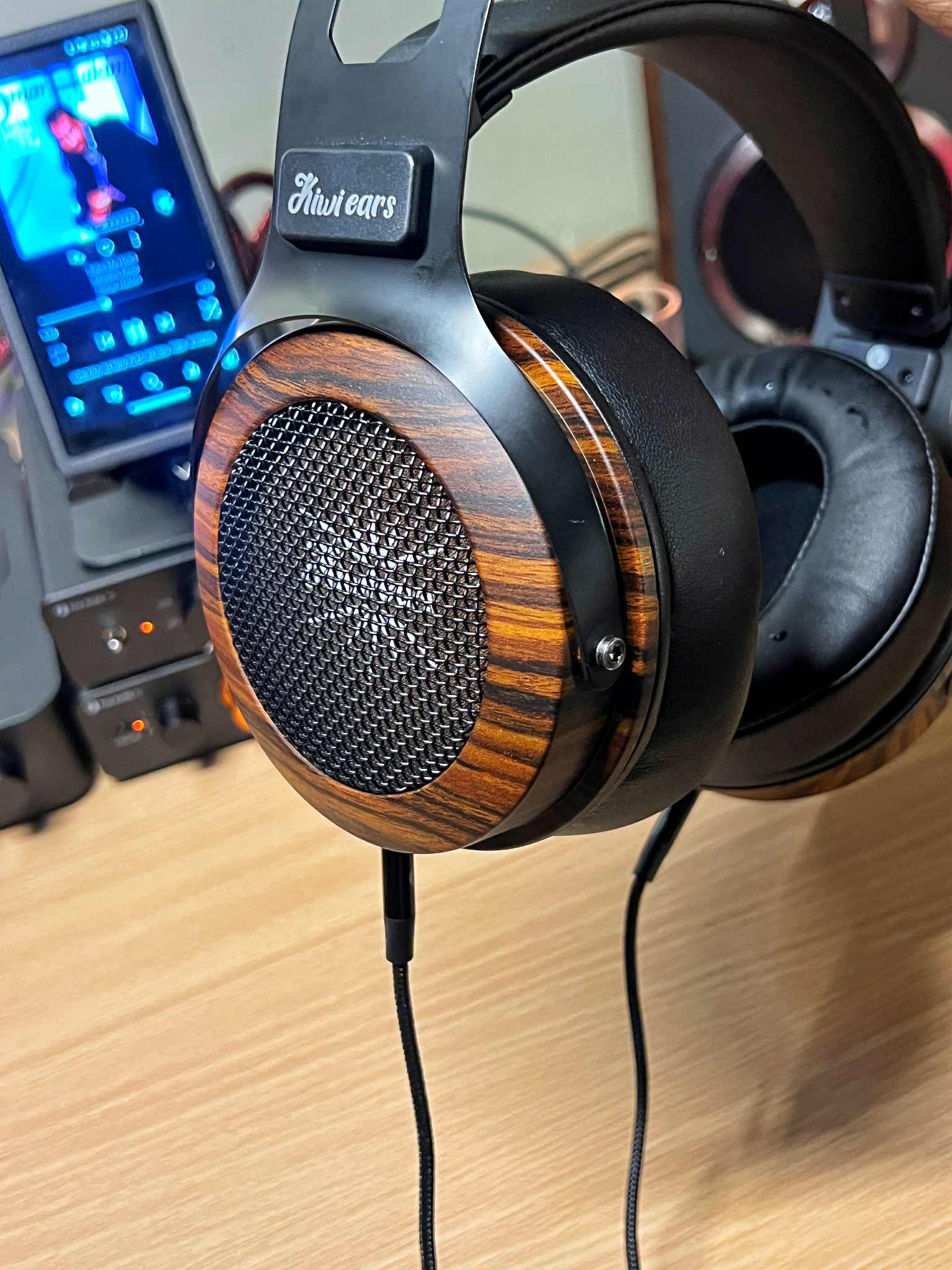
The included cable is a long 3-meter unit with 3.5mm to dual 3.5mm connectors decent quality, not fancy, but gets the job done. Easy to swap out too if you’re a cable roller.
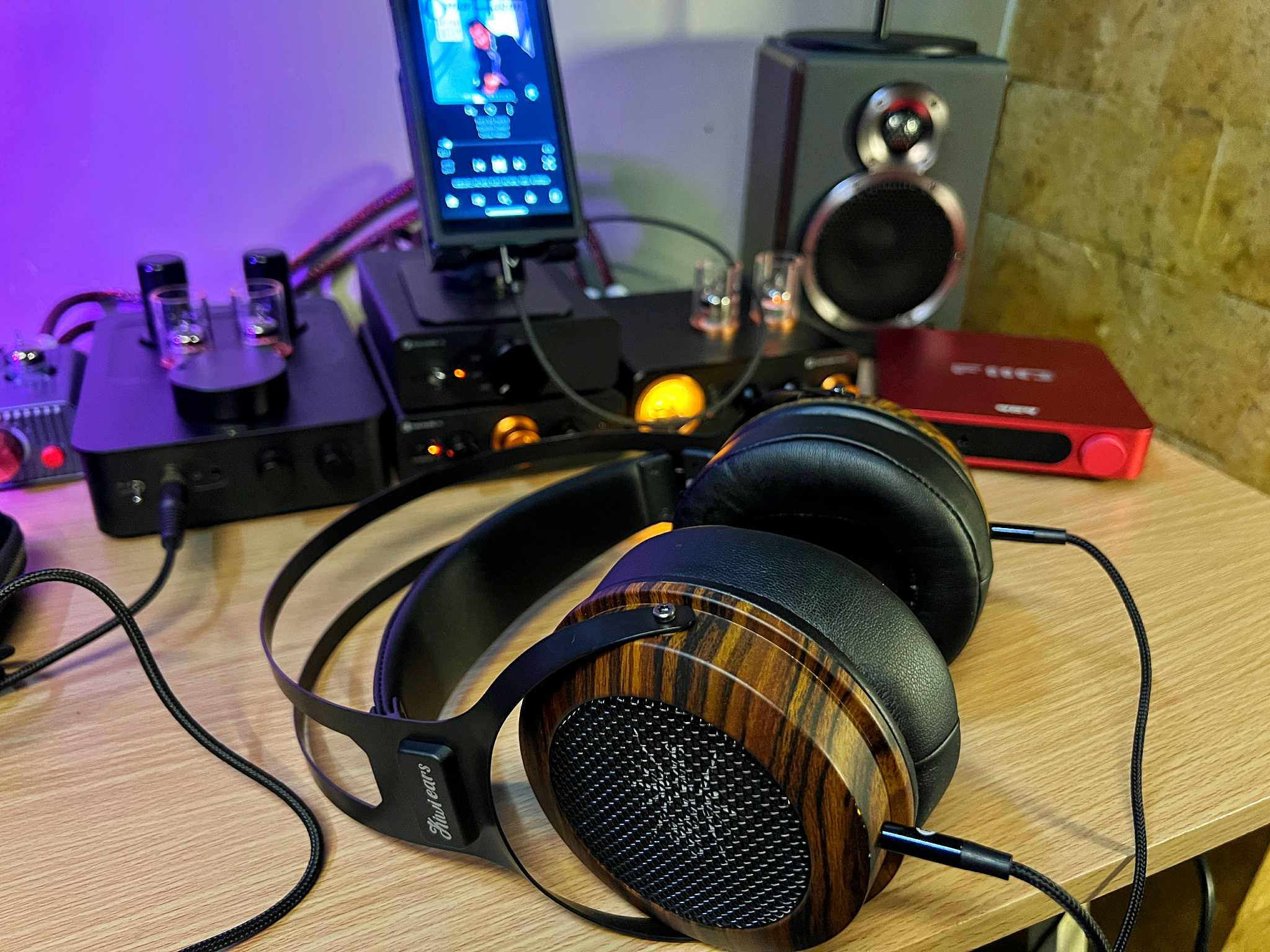
Sound Performance
Now let’s get into why this headphone punches well above its price.. the sound.
The Altruva has a Harman-neutral leaning tuning, but with a more fun, dynamic tilt that keeps things engaging. It's not going for studio monitor accuracy, and that’s a good thing—it’s aiming to be musical and enjoyable, and it nails that.
Bass
For an open-back headphone, the bass performance on the Altruva really took me by surprise—in a good way. Most open-back designs tend to pull back on the low-end, giving you a lighter, more “reference-style” bass that trades impact for air. That’s not what’s happening here.
The sub-bass actually shows up with presence and depth. It reaches down low and delivers a soft rumble—not quite closed-back levels of slam, but enough to make you raise an eyebrow and go, “wait, this is open-back?” There’s a slight boominess in the sub region that adds character without muddying up the mix. It gives electronic tracks and cinematic scores that low-end cushion that makes them feel full-bodied and immersive.
The midbass is where the Altruva really gets fun. It’s punchy, textured, and has enough weight to give drums and bass guitars some real presence. There's a slight bloom in the upper bass region, but it’s tastefully done—it adds warmth and body to the sound without spilling over and muddying the mids. Kick drums land with authority, basslines groove with some meat on the bones, and the overall presentation feels more alive and engaging because of it.
It’s not trying to be flat or sterile it’s tuned to be musical. And that’s what the bass does here: it brings fun and fullness to the sound without turning bloated or overdone. For $70, and especially for an open-back? This is way more low-end performance than I expected.
Midrange
The midrange on the Altruva leans slightly warm, with a natural tone that gives vocals and instruments a nice sense of weight and presence. The lower mids carry a gentle warmth that adds body without sounding overly thick or congested. Vocals especially male vocals come through with a lush, slightly colored texture that makes them feel full and intimate. It’s not neutral in a studio-monitor kind of way, but that’s actually what gives it personality. It’s tuned to be musical, not clinical.
Guitars, pianos, and string instruments have a smooth richness to them. There’s a bit of color added to the tonality, but it’s tasteful and nothing sounds off or unnatural.
The upper mids are more energetic, with just the right amount of forwardness to bring clarity and articulation without turning harsh. Female vocals pop with vibrancy, and instruments like snares, hi-hats, claps and acoustic strings have a clean, fast attack that gives them a snappy, well-defined edge.
Transients are quick and tight, which keeps the midrange sounding crisp and alive. There’s no smear or sluggishness here it keeps up well with complex passages and layered mixes. Even during busy sections, the Altruva maintains that clean separation between instruments and vocals, which is something I don’t usually expect at this price point.
Treble
The treble on the Altruva strikes a really nice balance between clarity and comfort. It leans on the airy and sparkly side, with enough brightness to keep the sound lively and detailed, but it’s not the kind of treble that’ll make you wince or reach for the volume knob.
There’s plenty of extension up top, which gives the Altruva that open, spacious feeling you expect from a well-done open-back. The high frequencies breathe, and that airiness helps everything sound more spread out and natural not boxed in or compressed.
Detail retrieval is solid, especially for the price. You’ll catch subtle reverb tails, background textures, and fine micro-details that would normally get glossed over on cheaper sets. Cymbals shimmer with a realistic metallic sheen without sounding splashy, and string instruments have that crisp edge and bite that makes them feel alive in the mix.
What’s impressive is how clean and controlled the treble feels. It doesn’t push too far into sharpness or sibilance, even with brighter recordings. It’s energetic, but it knows when to dial it back. You get sparkle and air without the fatigue, which is tough to pull off especially in a $70 headphone.
the treble completes the Altruva’s wide and engaging sound. It adds just the right amount of excitement on top without messing with the balance. It’s not overly smoothed out, but it also doesn’t poke holes in your ears. Just clean, crisp, and surprisingly refined for the price.
Soundstage & Imaging
Soundstage is one of its strongest suits. It’s wide side-to-side, with a nice open feeling that doesn’t feel boxed in. There’s not a ton of depth or height, but the horizontal spread gives a spacious, immersive feel that’s great for gaming, music, or just casual listening.
Imaging is clean and decently precise. You can place instruments and voices without trouble, and there’s no smearing or congestion in busy tracks.
Dynamics are punchy too and it doesn’t sound flat or compressed. It responds well to volume changes and has a lively character that keeps things fun.
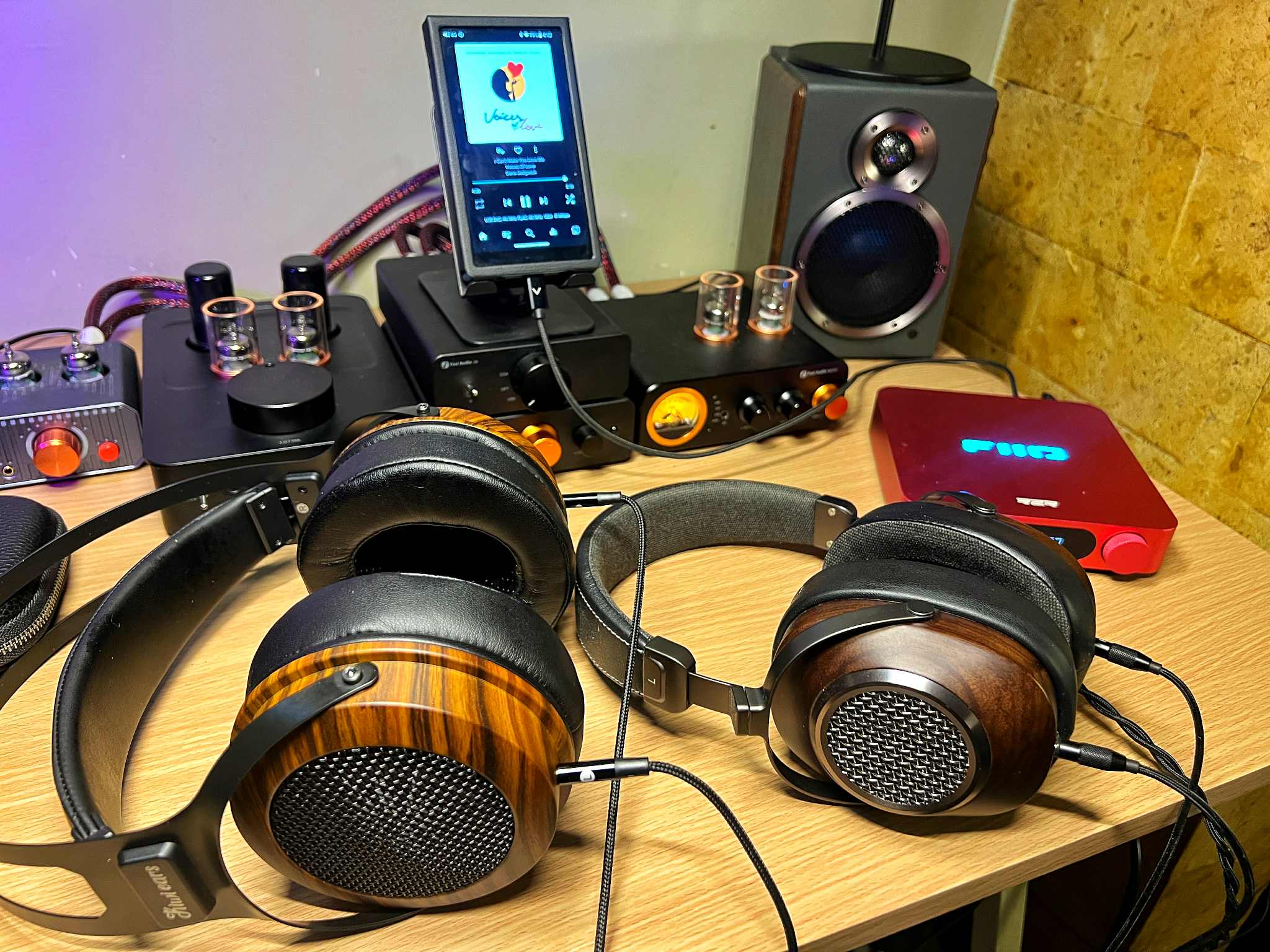
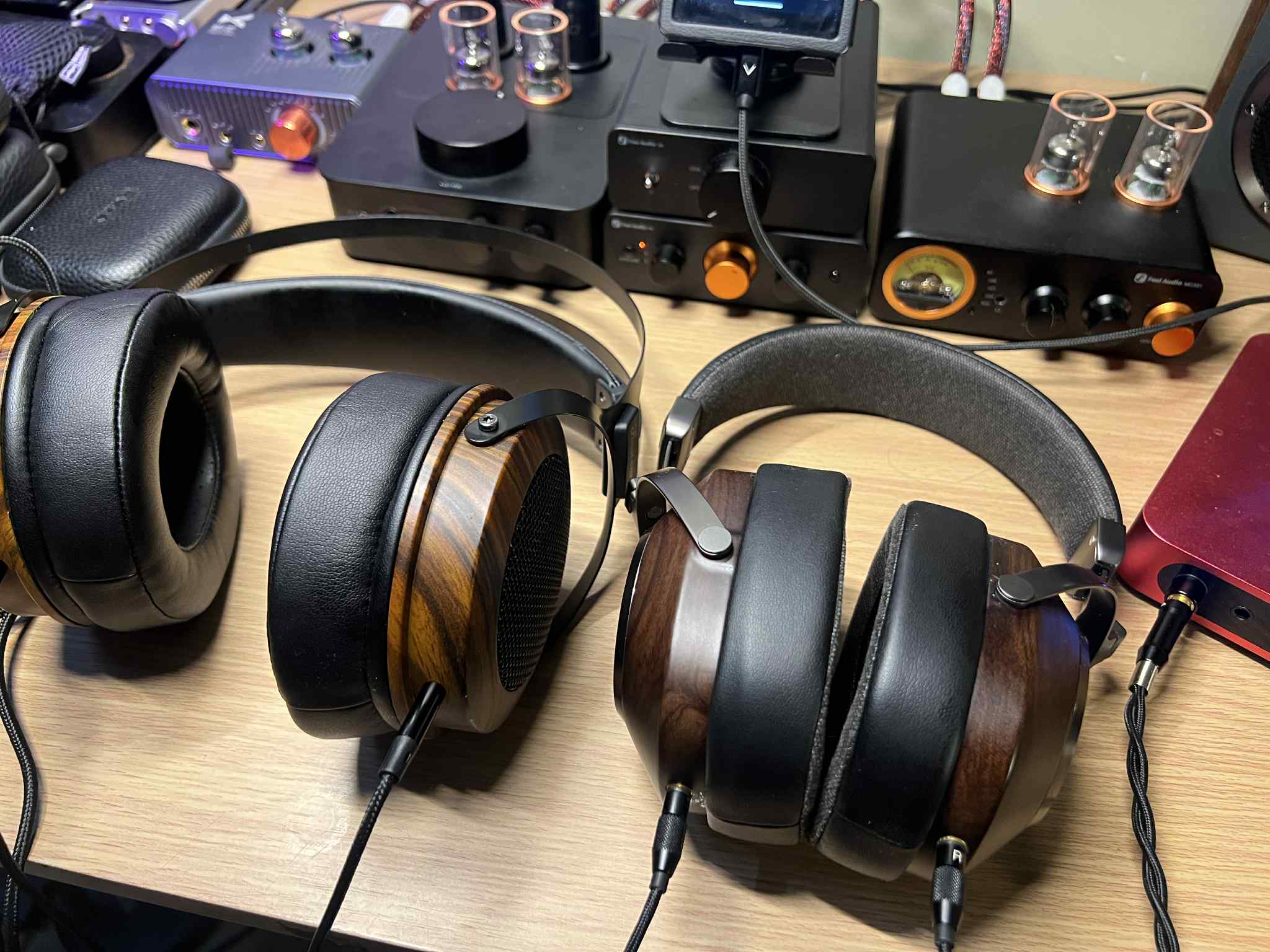
How It Stacks Up
I’ve A/B’d this with the Sivga Anser, which costs almost three times as much. The Anser has the more premium feel in the hand—heavier materials, more refined build but honestly, I prefer the Altruva’s lightweight and comfortable headband. I can wear this all day, no neck fatigue, no fuss.
Sound-wise, the Anser is more neutral and accurate, maybe even clinical. It’s very correct, but a bit... boring. The Altruva brings more energy and fuller bass, airier treble, and just a more engaging, musical presentation. It’s tuned for enjoyment, not analysis, and at $70? That’s kind of wild.
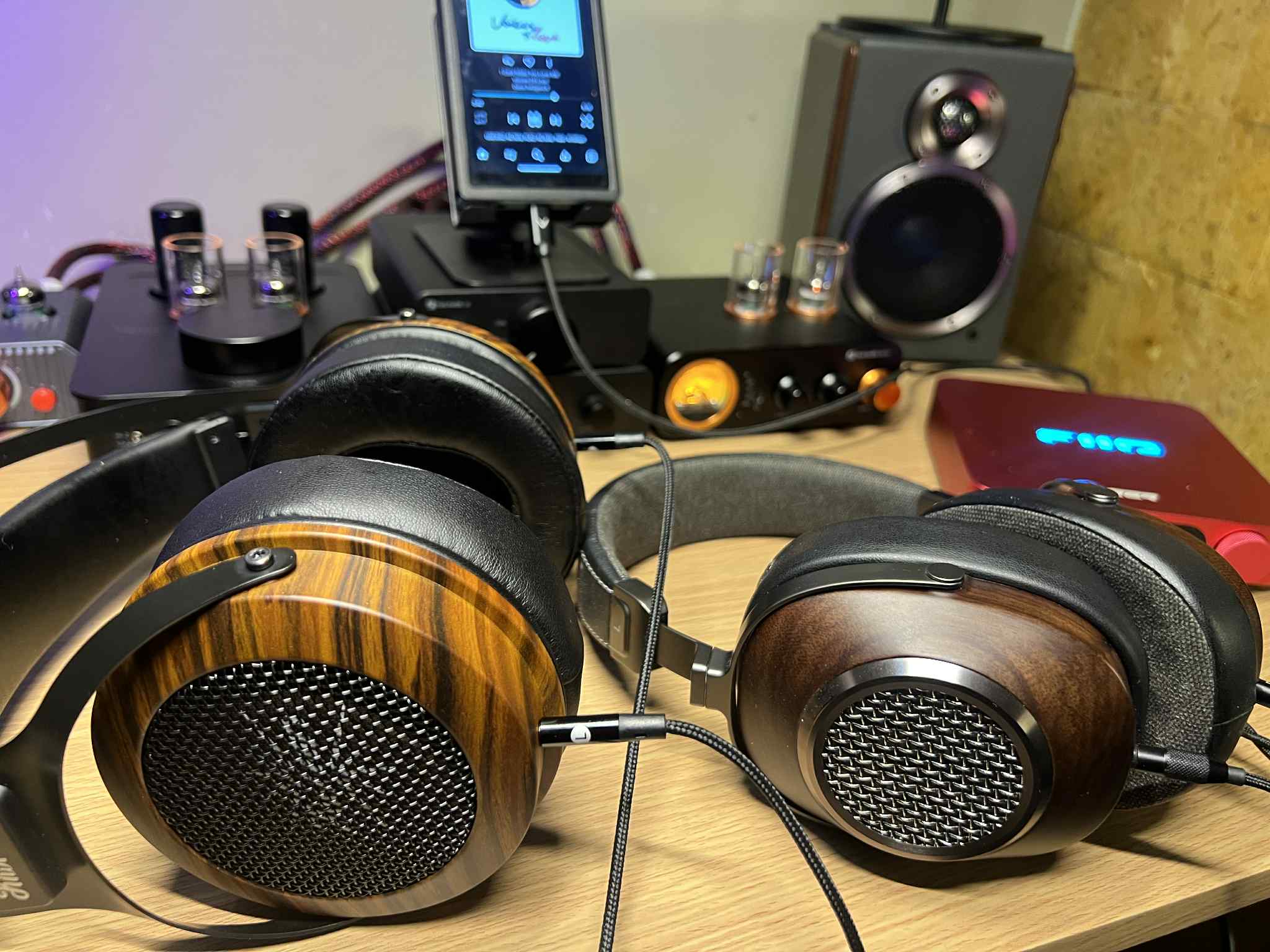
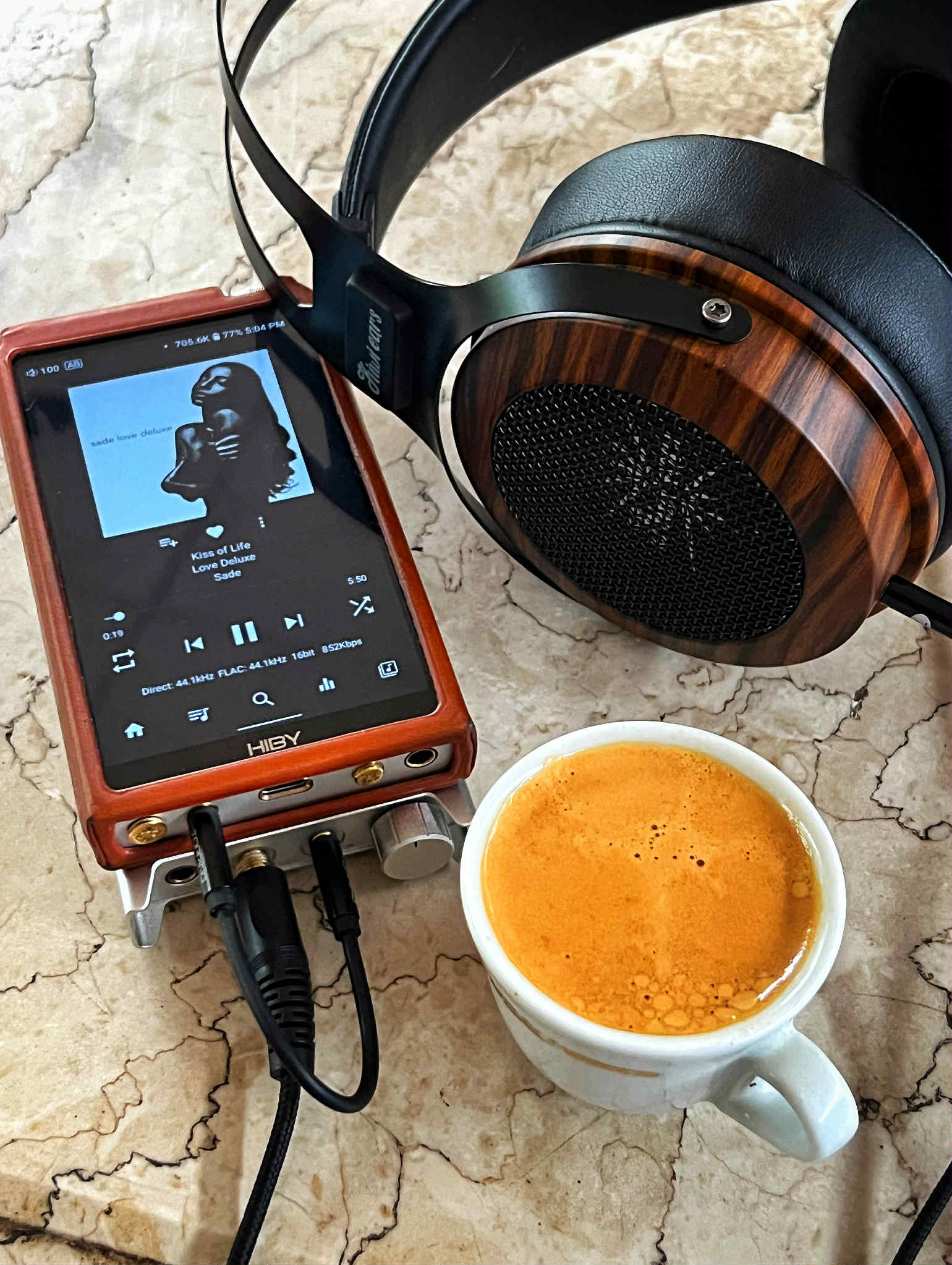
Verdict
If you’re after an open-back headphone that won’t burn a hole in your wallet but still sounds like you spent way more than you did, the Kiwi Ears Altruva should be at the top of your list. At $70, this thing is kind of ridiculous in the best way possible. It’s not “great for the price” - it’s just flat-out great, period.
You get a comfortable, lightweight build, a smart headband design that doesn’t murder your skull after an hour, and a tuning that actually sounds open, dynamic, and detailed without trying too hard. It’s the kind of headphone that’s easy to enjoy no matter what you're listening to jazz, rock, hip-hop, EDM, even movies and games. It just works.
Compared to stuff in the $150 to $200 range, it holds its ground surprisingly well. Sure, some of the more expensive models might feel fancier in the hand, but sonically? The Altruva can hang. In some cases, it even sounds better and more fun, more lively, and less sterile.
Kiwi Ears clearly isn’t messing around. They’ve proven again that good tuning doesn’t need to cost a fortune, and if this is the new baseline for entry-level open-backs, then yeah—other brands better start catching up.
Link: https://www.linsoul.com/products/kiwi-ears-altruva?srsltid=AfmBOooLF_qYECRMMYD6e59UiK_u-2j1je_juT_iCq9KcBiooHSH3JLh
- Get link
- X
- Other Apps
- Get link
- X
- Other Apps
Comments
Post a Comment